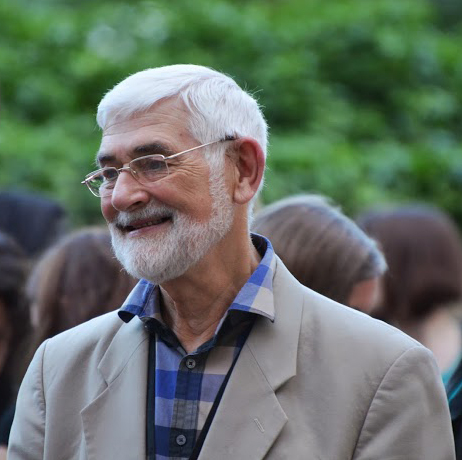Through the EUROCALL list
::::::::::::::::::::::::::::::::::::::::
Volume 23, Number 1, of The EUROCALL Review is available online from
http://www.eurocall-languages.org/publications/review
featuring:
Papers stemming from the INTENT conference on ‘Telecollaboration in University Foreign Language Education’ held at the Faculty of Philosophy and Letters, University of León, Spain, on 14 February 2014.
- Promoting critical thinking in online intercultural communication. Marie-Thérèse Batardière.
- Why in the world would I want to talk to someone else about my culture? Chesla Ann Bohinski and Yumei Leventhal.
- A blended learning scenario to enhance learners’ oral production skills. Hee-Kyung Kim.
- Combining Skype with Blogging: A chance to stop reinforcement of stereotypes in intercultural exchanges? L. Lynette Kirschner.
- English learning in an intercultural perspective: Russia and Norway. Anne-Mette Bjøru.
- Pan-American teletandem language exchange project. Aurora Castillo-Scott.
Regular paper
- An e-portfolio to enhance sustainable vocabulary learning in English. Hiroya Tanaka, Akio Ohnishi, Suzanne M. Yonesaka and Yukie Ueno.
Recommended website
- ABA English. Reviewed by Rafael Seiz Ortiz.
Please remember that contributions are always welcome and that articles published in The EUROCALL Review are peer-reviewed by an International Editorial Board. The online journal is also listed in the ERIC journal database. If you are working on a project that you would like us to know about, or if you know of a website or software that you find specially interesting and would like to share with other colleagues, please do not hesitate to write to me about it.





